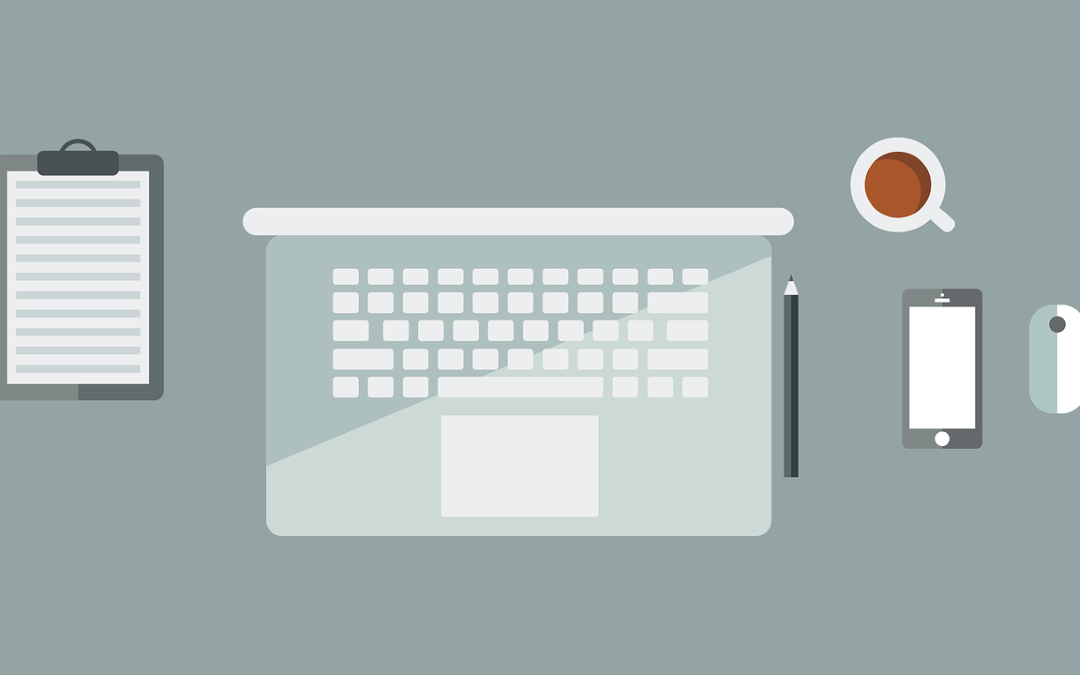Mobile App Performance Optimization: Techniques and Tools
In today’s fast-paced digital world, mobile applications have become essential for businesses and consumers alike. However, a poorly performing app can lead to user frustration, decreased engagement, and ultimately, loss of revenue. Therefore, optimizing mobile app performance is crucial for ensuring a seamless user experience. This guide will explore various techniques and tools that can help you enhance the performance of your mobile application.
Understanding Mobile App Performance
Before diving into optimization techniques, it’s important to understand what constitutes mobile app performance. Key performance indicators (KPIs) include:
- Load Time: The time it takes for the app to become usable after being launched.
- Responsiveness: How quickly the app reacts to user inputs.
- Battery Consumption: The amount of battery power the app uses during operation.
- Memory Usage: The amount of RAM the app consumes while running.
- Crash Rate: The frequency at which the app crashes or becomes unresponsive.
By monitoring these KPIs, developers can identify areas that require optimization.
Techniques for Mobile App Performance Optimization
1.
Optimize Images and Media
Large images and media files can significantly slow down your app. To optimize them:
– Use appropriate file formats (e.g., JPEG for photos, PNG for graphics).
– Implement image compression techniques to reduce file size without sacrificing quality.
– Consider using vector graphics for scalable images.
2.
Minimize Network Requests
Reducing the number of network requests can improve load times. Techniques include:
– Combining multiple API calls into a single request.
– Caching data locally to minimize the need for repeated network calls.
– Using lazy loading for images and other resources, loading them only when they are needed.
3.
Optimize Code and Resources
Clean and efficient code is essential for performance. To achieve this:
– Remove unused code and resources to reduce the app’s footprint.
– Use asynchronous programming to prevent blocking the main thread.
– Optimize algorithms and data structures to enhance processing speed.
4.
Implement Background Processing
Offloading tasks to background threads can improve responsiveness. Consider:
– Using background services for tasks like data synchronization.
– Scheduling tasks during idle times to avoid impacting user experience.
5.
Reduce App Size
A smaller app size can lead to faster downloads and installations. To reduce size:
– Use ProGuard or R8 for Android to shrink and optimize your code.
– Remove unnecessary libraries and dependencies.
– Utilize app bundles to deliver only the necessary resources for each device.
Tools for Mobile App Performance Optimization
Several tools can assist in monitoring and optimizing mobile app performance:
1.
Firebase Performance Monitoring
Firebase offers a comprehensive suite of tools for tracking app performance. It provides insights into app startup time, network requests, and rendering performance, allowing developers to identify bottlenecks.
2.
New Relic
New Relic is a powerful application performance monitoring tool that provides real-time analytics. It helps developers understand how their app performs in different environments and under various conditions.
3.
AppDynamics
AppDynamics offers deep insights into mobile app performance, including user interactions and backend performance. Its real-time monitoring capabilities help identify performance issues before they affect users.
4.
GTmetrix
While primarily used for web performance, GTmetrix can provide valuable insights into the performance of web-based mobile apps. It analyzes load times, page sizes, and the number of requests, helping developers optimize their apps accordingly.
5.
Android Profiler and Xcode Instruments
For Android and iOS developers, these built-in tools provide detailed performance metrics. They allow developers to monitor CPU, memory, and network usage in real-time, making it easier to identify performance issues.
Conclusion
Optimizing mobile app performance is a continuous process that requires attention to detail and a proactive approach. By implementing the techniques outlined in this guide and utilizing the recommended tools, developers can significantly enhance the performance of their mobile applications. This not only improves user satisfaction but also fosters loyalty and increases the likelihood of app success in a competitive market. Remember, a well-optimized app is key to retaining users and achieving business goals.


